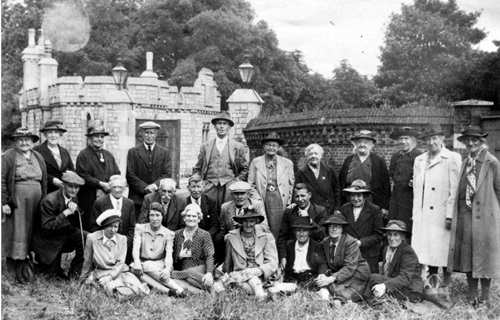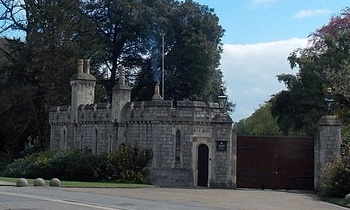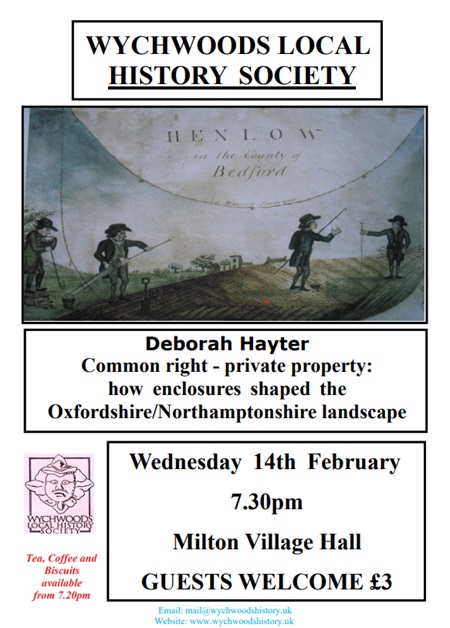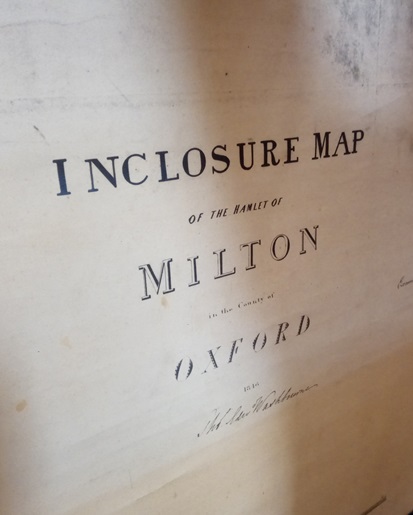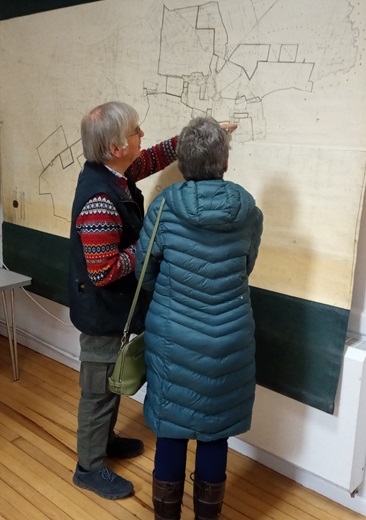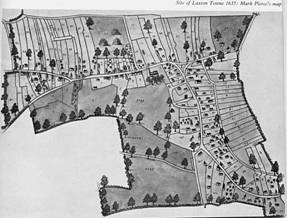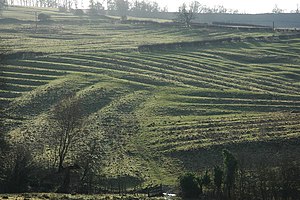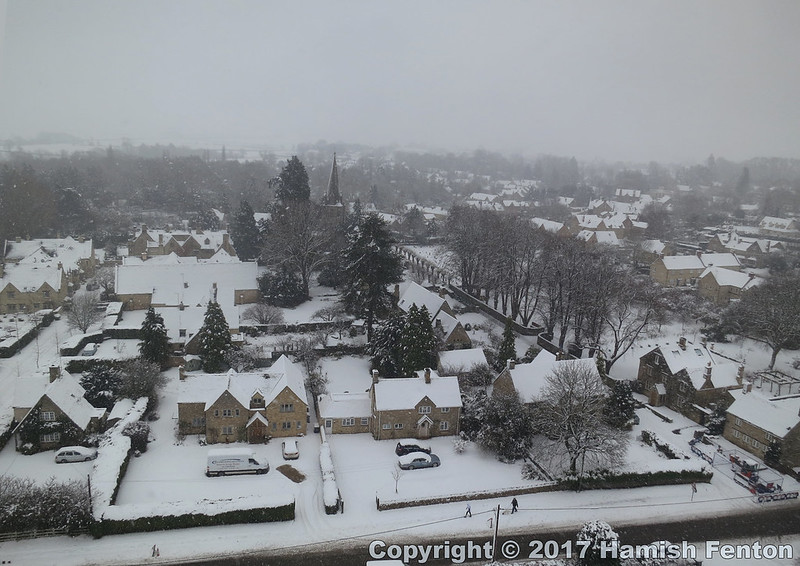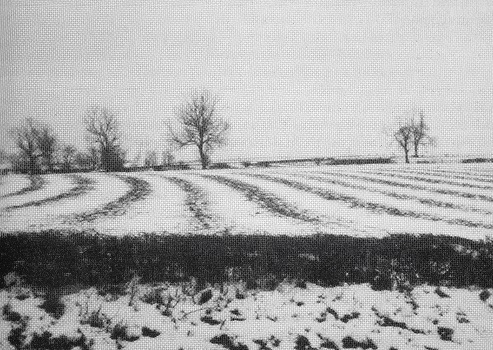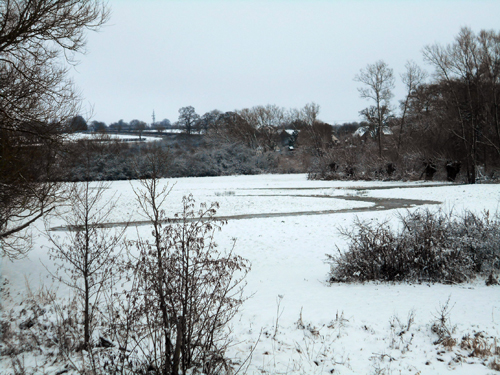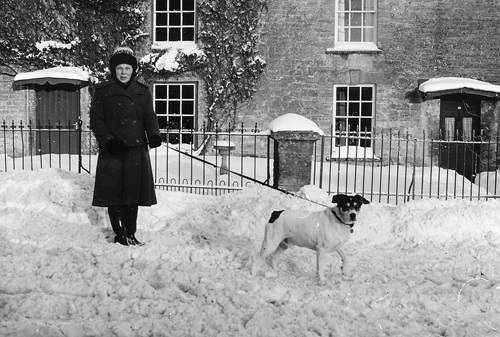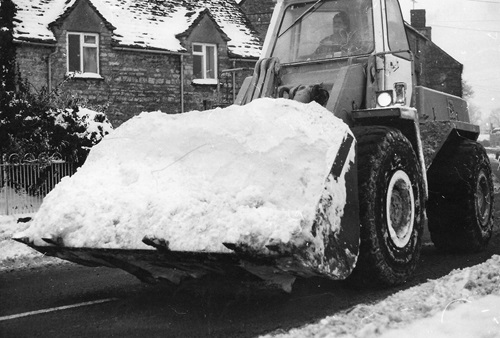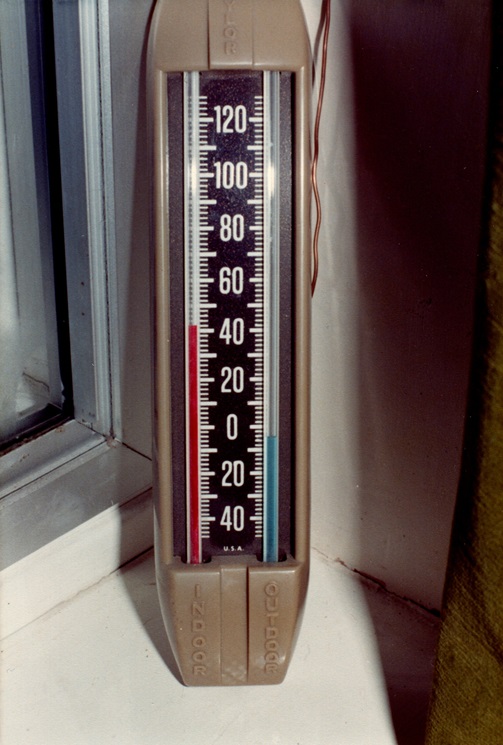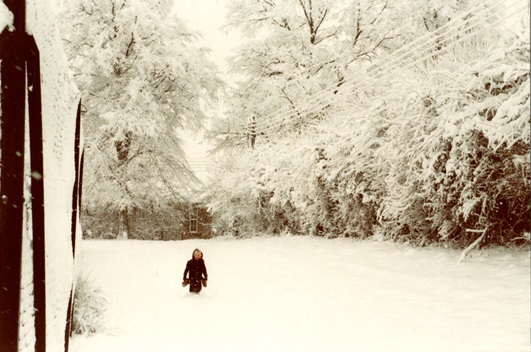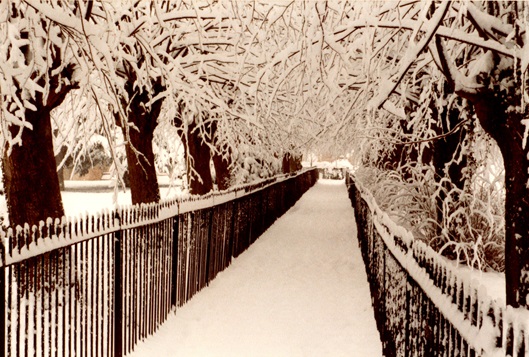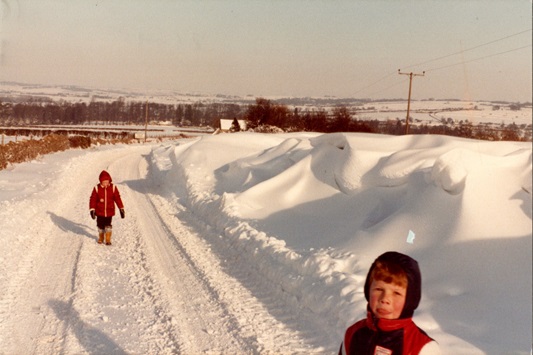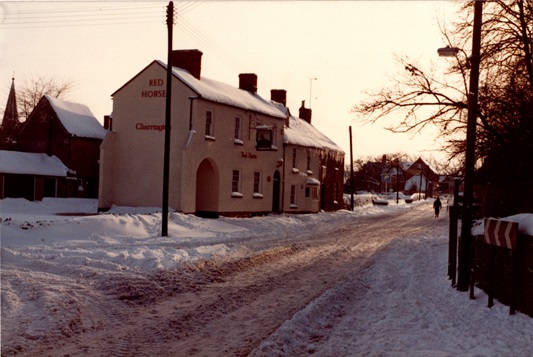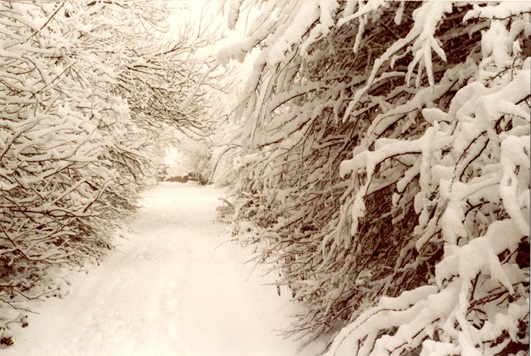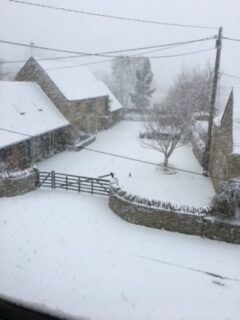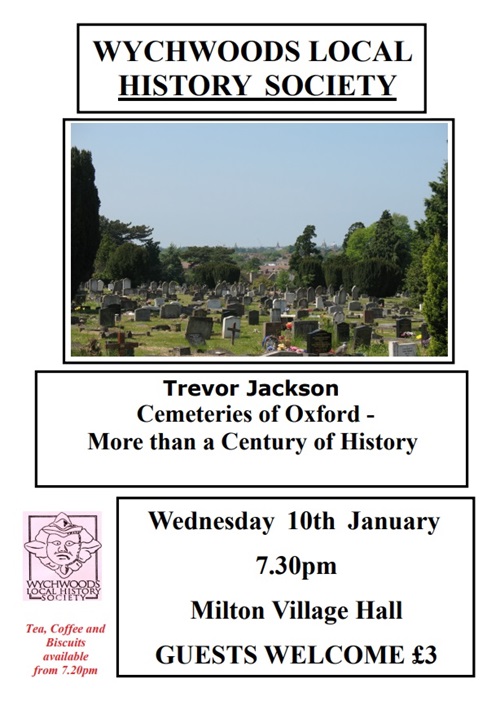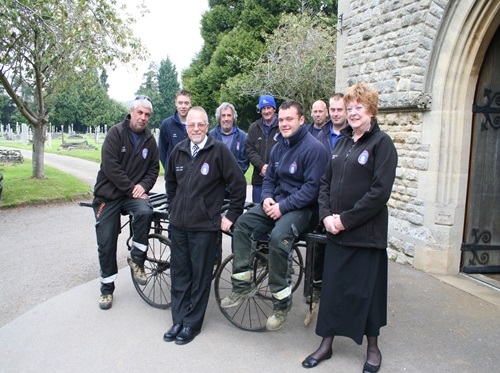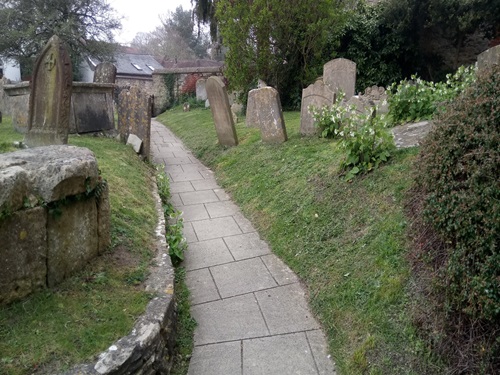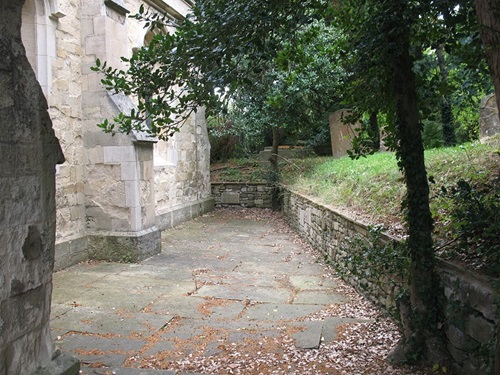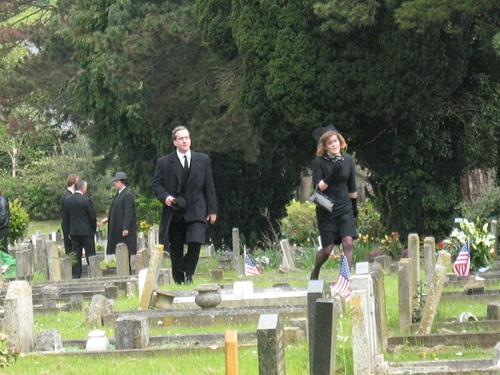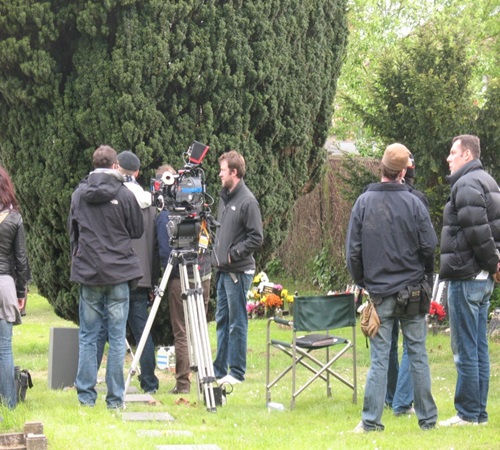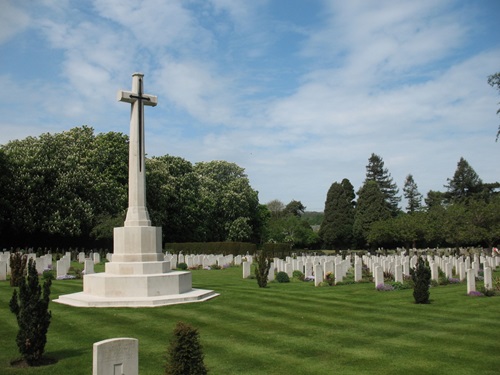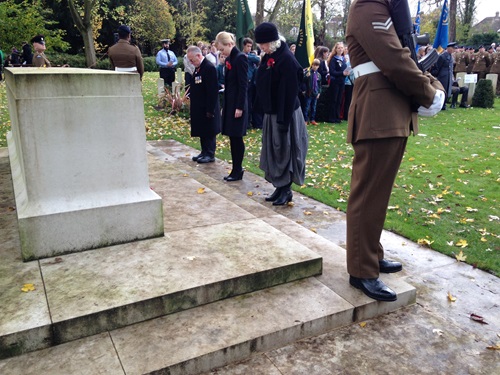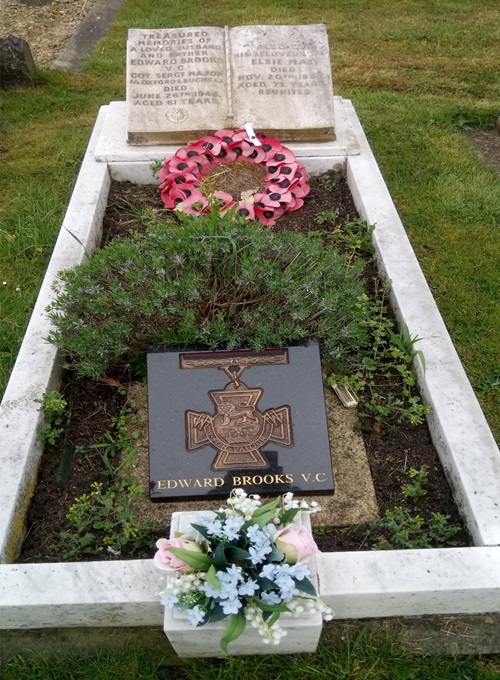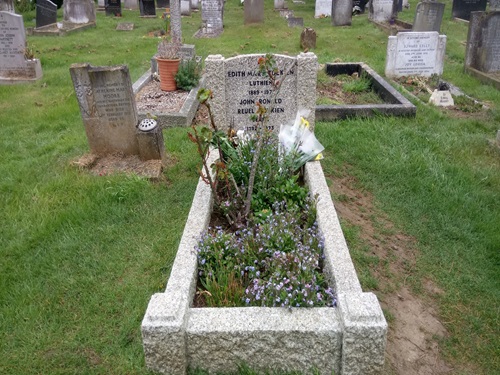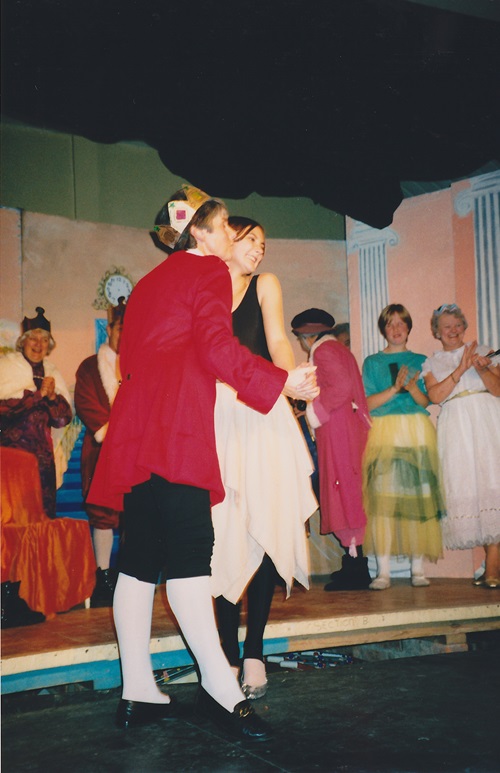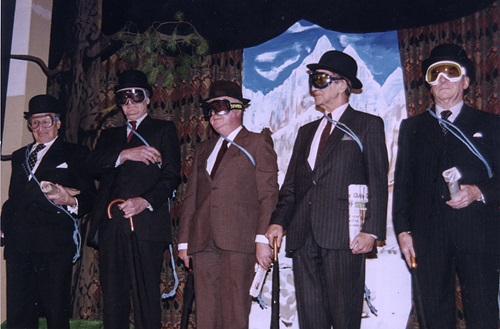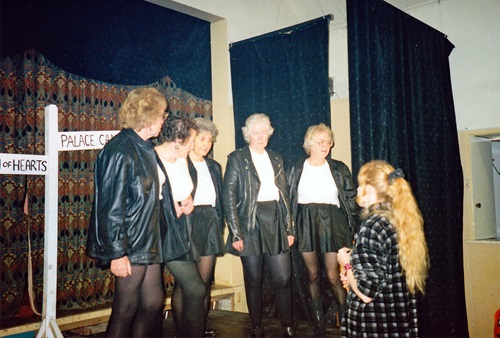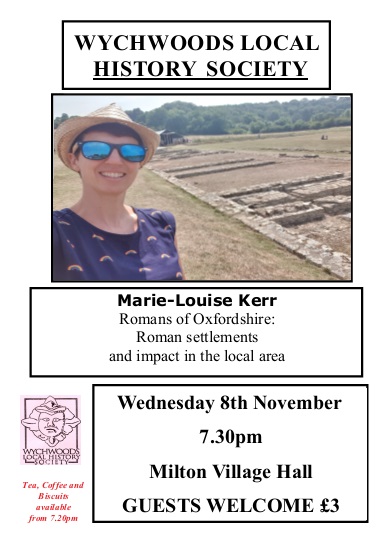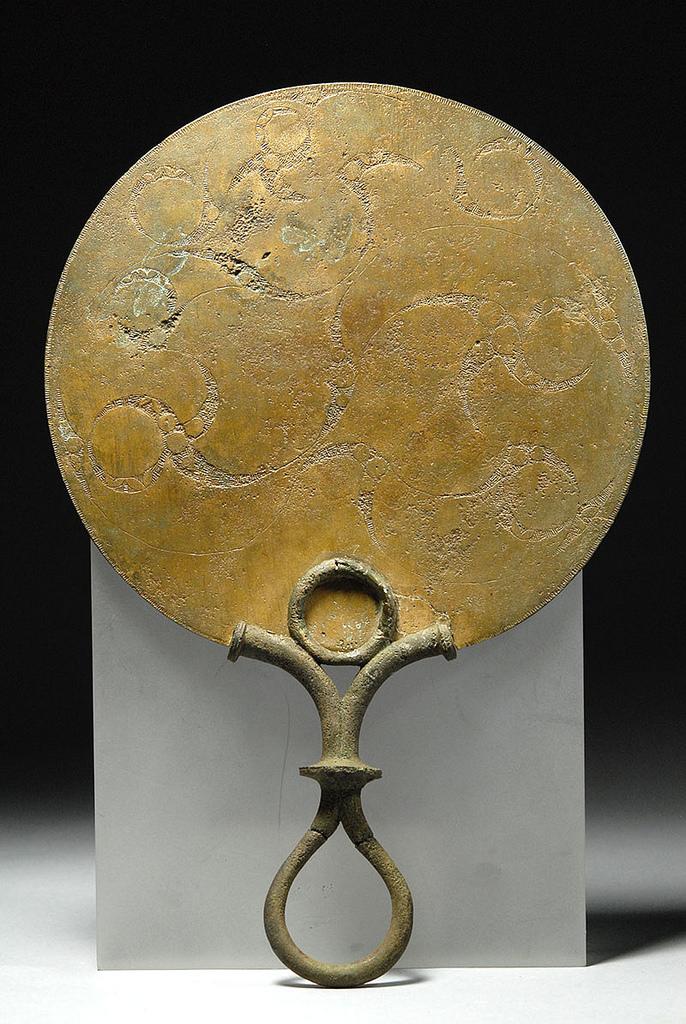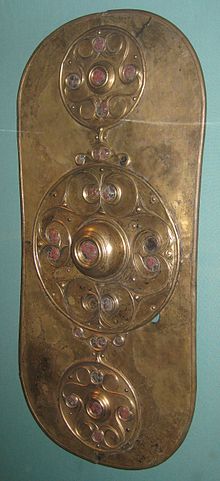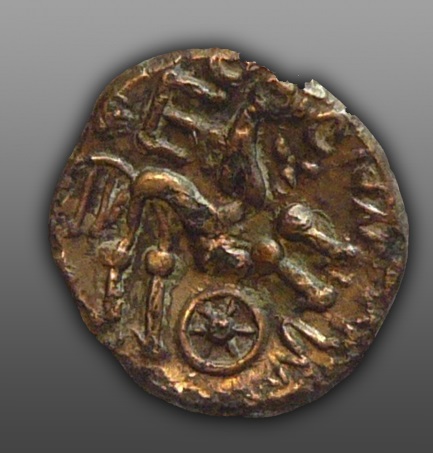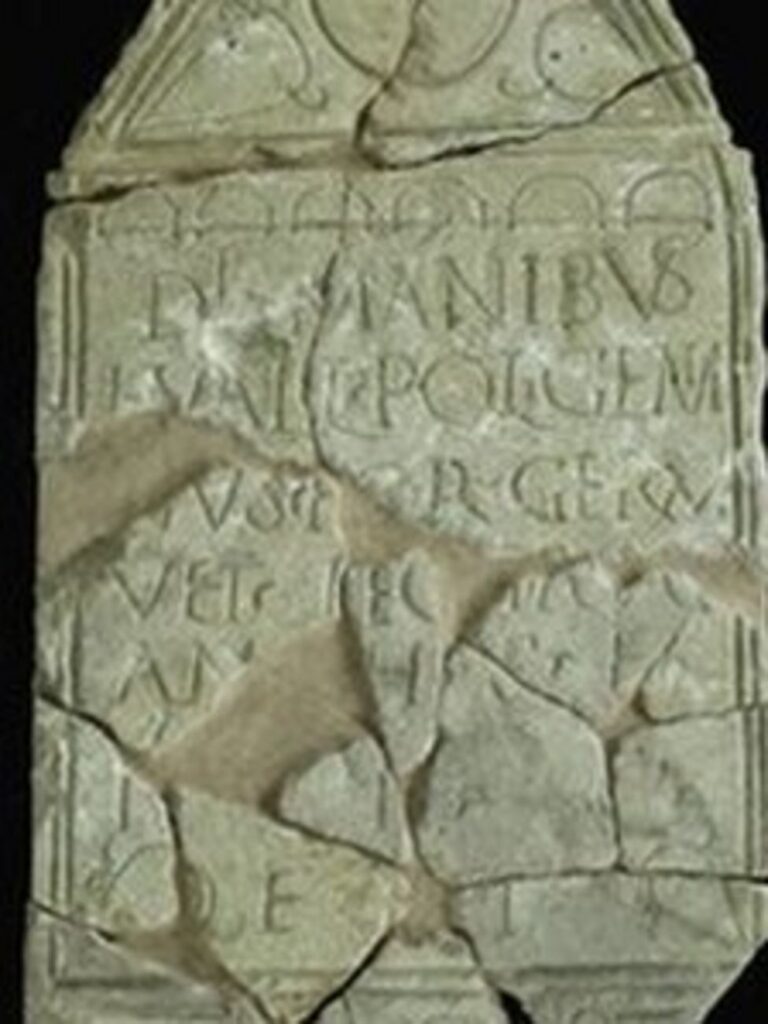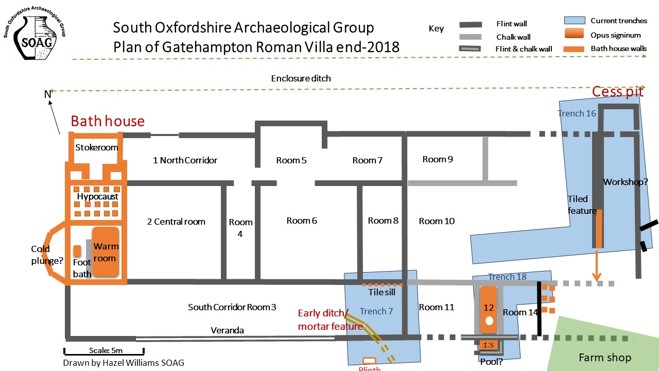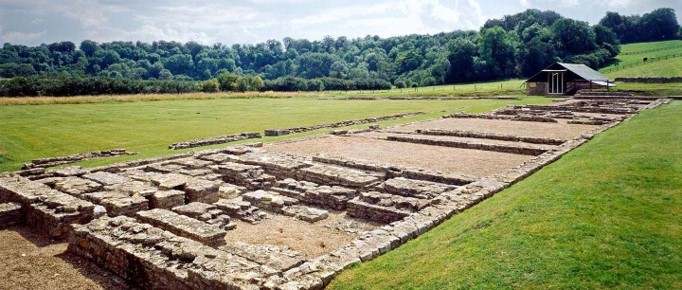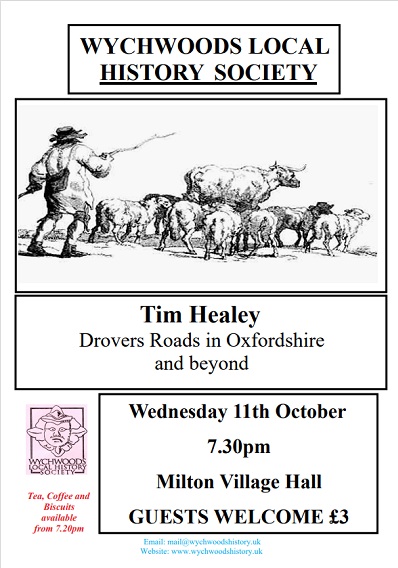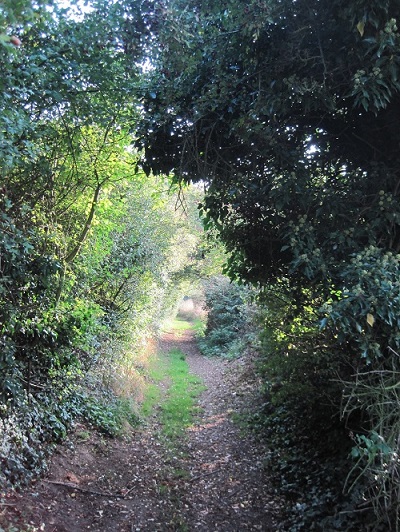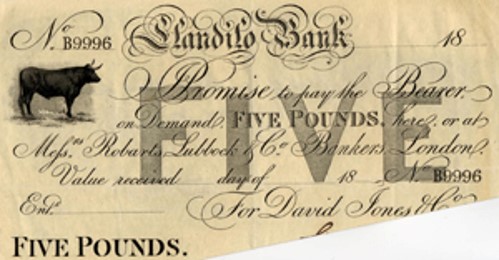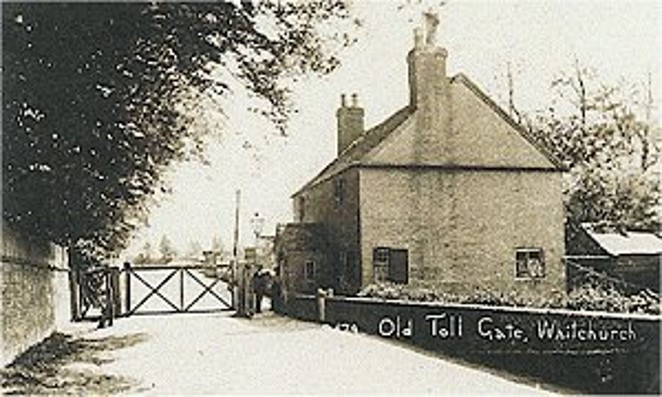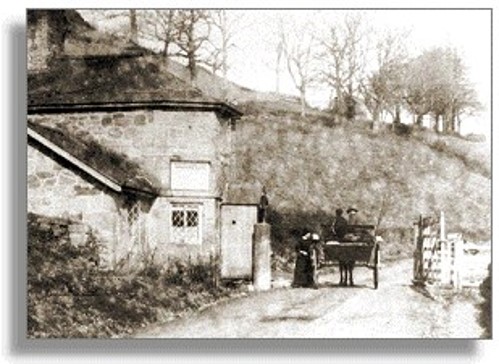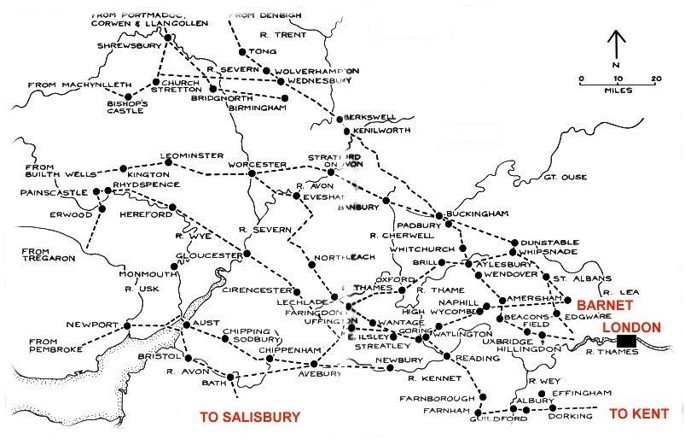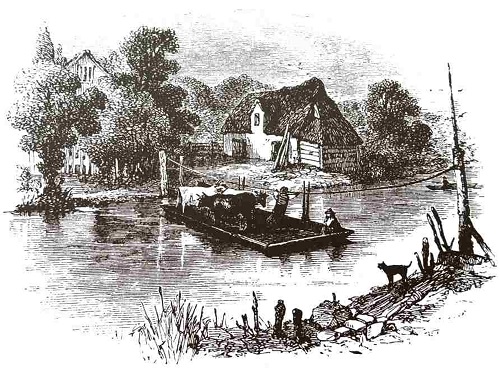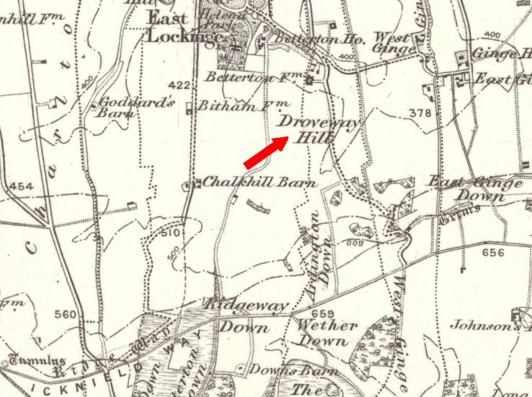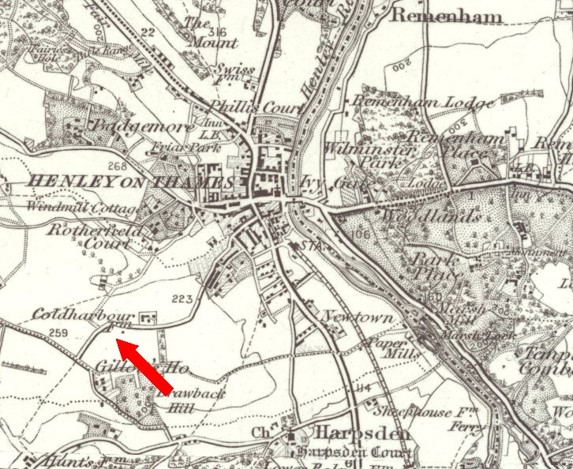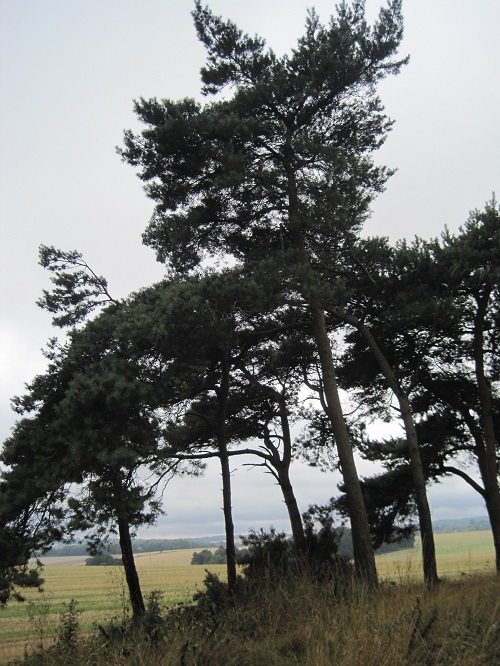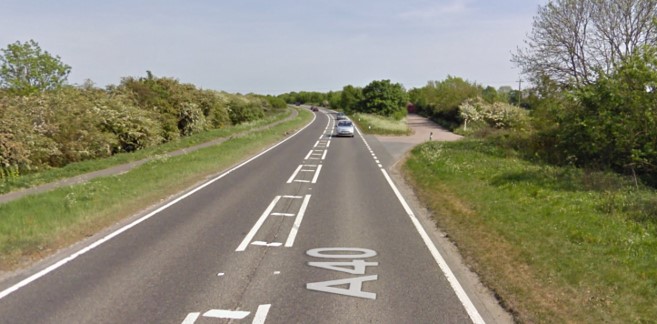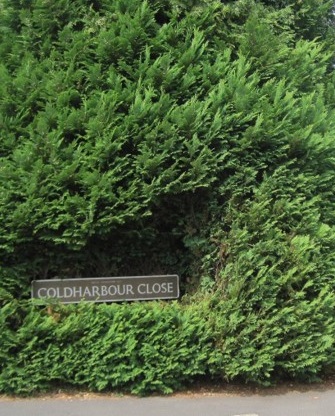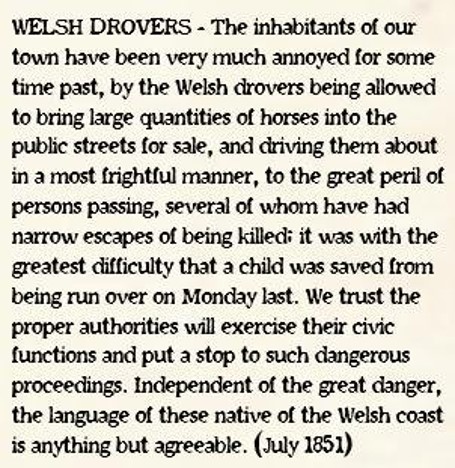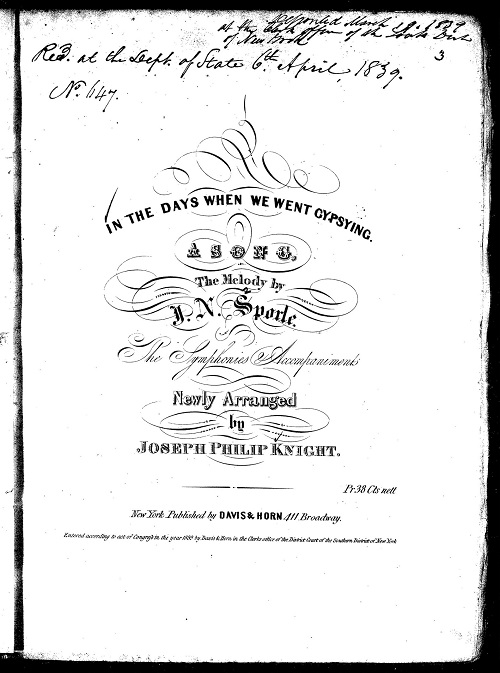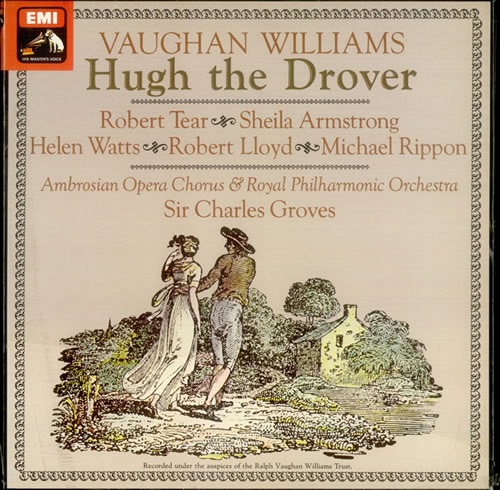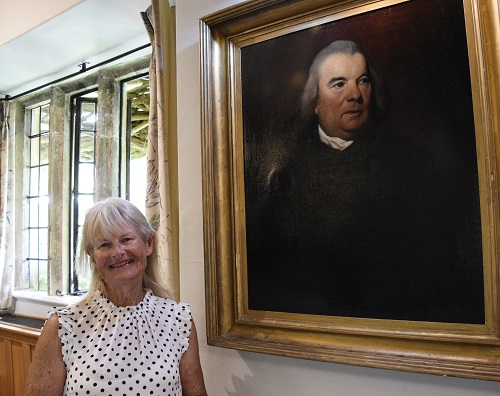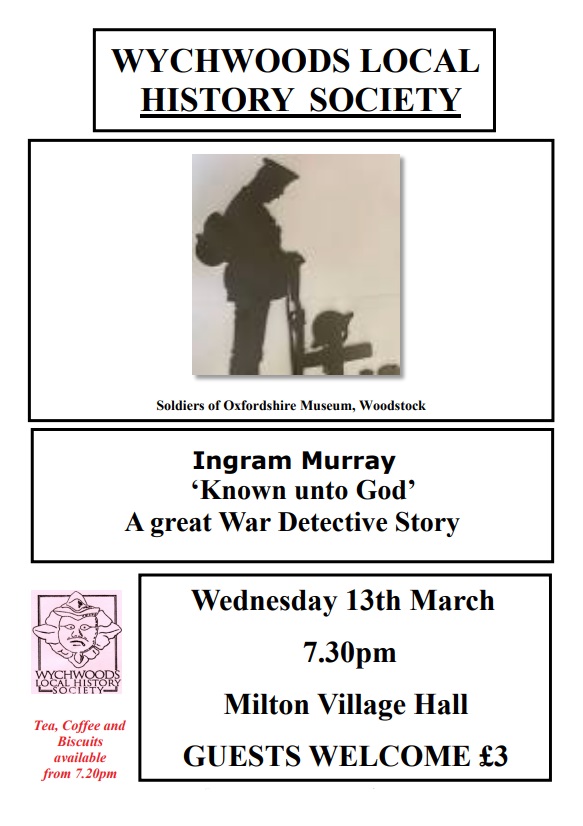
Speaker: Ingram Murray
Subject: ‘Known unto God’: a great War Detective Story
Around 50+ members and guests enjoyed the latest in our season of evening talks, which this time covered the intriguing story of a search for the identity of a particular soldier of the Great War, one of many whose unidentified remains, until the solution was found, made up the over 50% of the fallen whose resting place remains unknown.
Ingram introduced his talk with a quick introduction to the work of the Soldiers of Oxfordshire Museum, and the work of the Commonwealth War Graves Commission. He reminded us that Commission has been responsible over the years for the continued task of identification and reburial of the fallen.
Ingram then outlined the full story of his work with the late Tom Shannon, on one soldier, an officer of the Oxfordshire and Buckingham Light Infantry
On May 3, 1917, during World War I, the 5th Battalion of the regiment launched an attack against the enemy, who held a fortified trench. Tragically, over 300 officers and men were either killed, wounded, or went missing that day. Among the missing were two young Second Lieutenants who were never found.
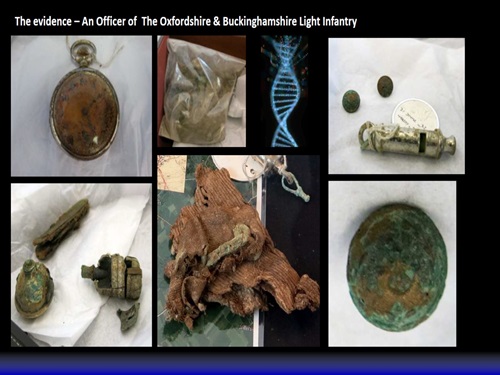
Fast forward ninety-six years, and a local farmer stumbled upon the remains of a body. Artefacts found alongside the body, including a button, whistle, pocket watch, and uniform fragments, indicated that the deceased was an officer from the 5th Battalion. However, the officer’s identity remained a mystery at that time.
Ingram and Tom dedicated many years on the research. After navigating through numerous false leads, they finally succeeded in identifying the young officer. His name: Osmond Bartle Wordsworth, a great nephew of the renowned poet Wordsworth. In recognition of his sacrifice, the Commonwealth War Graves Commission have carried out the reburial.
More details on the full story are here:
About Ingram Murray
Ingram Murray grew up in various police states due to his father’s work as a BBC foreign correspondent and involvement in the Political Warfare Executive during World War II.
In 1956, Ingram joined the Royal Engineers, serving in the Middle East during National Service. At Oxford University, he became part of the Airborne Engineer Regiment, eventually commanding the Parachute Engineer Squadron.
His military career took him to Aden, Libya, Egypt, Cyprus, and Germany. Simultaneously, he consulted for the British Railways Board across Latin America, Africa, and the Middle East.
After retiring, Murray volunteered at the Soldiers of Oxfordshire Museum, deeply involved in many of the museum’s important projects. As a trustee of the Buckinghamshire Military Museum Trust, he remains active in preserving and sharing historical narratives.

